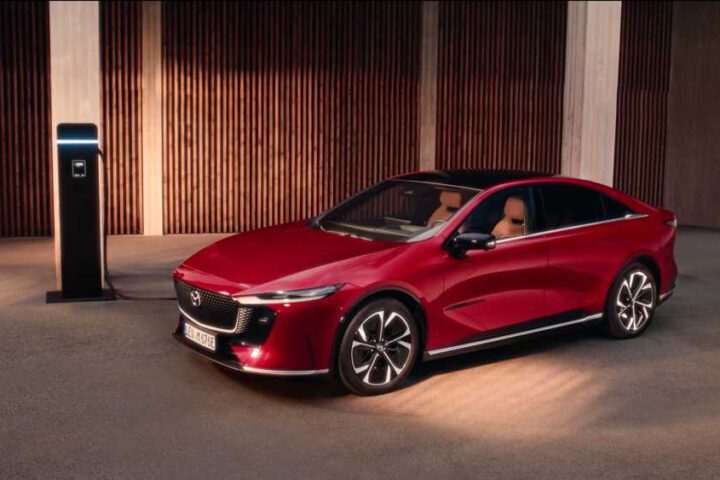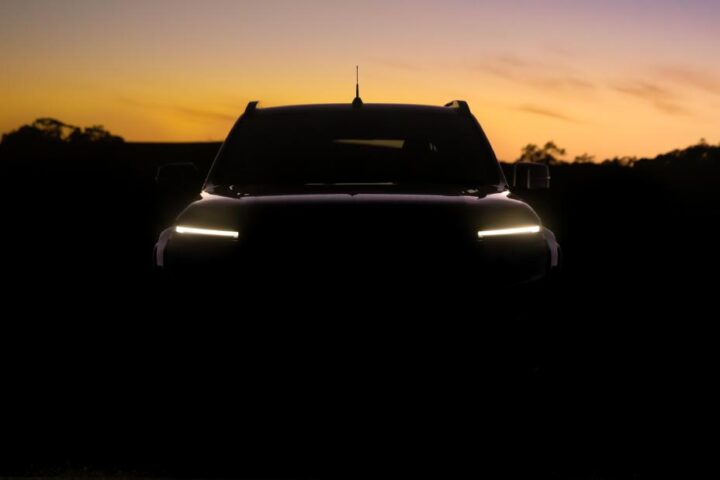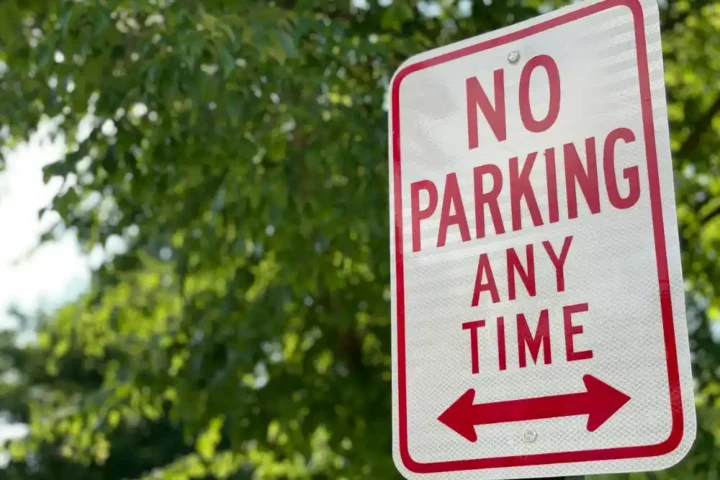Ford Motor Company has announced two separate safety recalls affecting approximately 855,000 vehicles in the U.S., according to NHTSA reports.
A software glitch is causing dashboard displays to go completely blank in 355,656 newer Ford trucks. The recall covers 2025 F-150s and 2025-2026 Super Duty trucks (F-250 through F-550). When the defect occurs, drivers can’t see their speed, warning lights, or other critical information.
Ford traced the problem to software installed between June 2024 and July 2025. The company has received 95 warranty claims but no crash reports related to the issue.
In a separate recall, nearly 500,000 older SUVs face brake safety risks. The 2015-2018 Ford Edge and 2016-2018 Lincoln MKX models have rear brake hoses that can rupture, potentially extending stopping distances if fluid leaks out. Ford estimates only 1% of vehicles have the defect.
Truck owners will receive free IPC software updates either at dealerships or through over-the-air updates. SUV owners will get free brake repairs at Ford dealerships.
Ford will notify owners of the affected vehicles through official recall notices. For immediate verification, owners can check their VIN at NHTSA’s website or call Ford’s customer service line (1-866-436-7332).
The company has also recalled 213,000 vehicles for tail light problems and 100,900 for airbag issues this month.
These actions add to Ford’s growing number of recalls in 2025, with the company having issued 89 recalls with NHTSA so far this year.


















